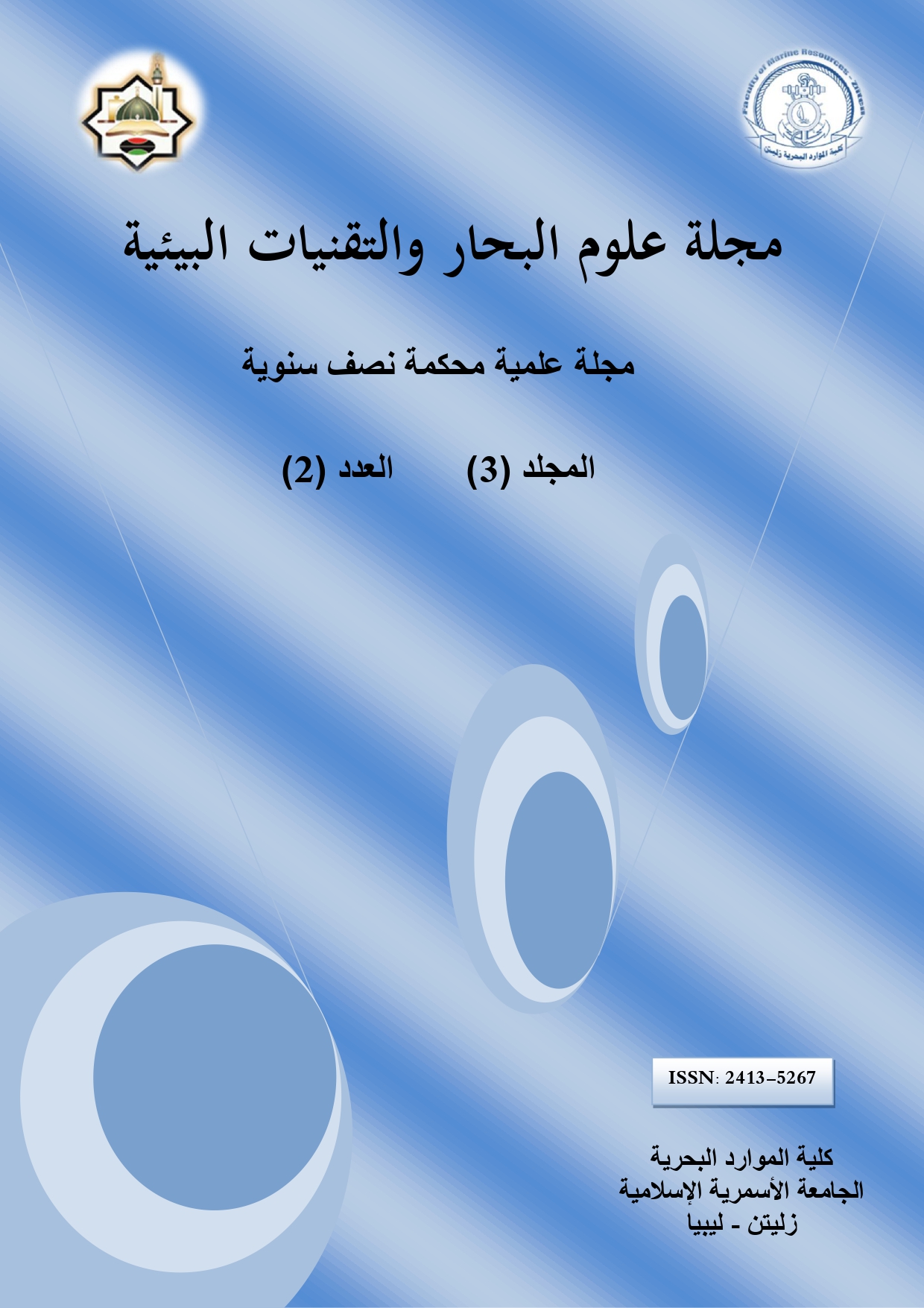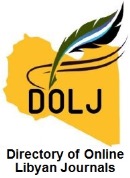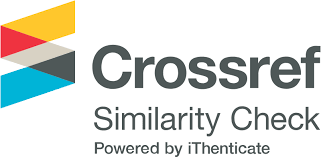معالجة المياه العادمة الملوثة بالنحاس الثنائي بالامتزاز على كربون الاكاسيا المنشط
DOI:
https://doi.org/10.59743/jmset.v3i2.92الكلمات المفتاحية:
النحاس، أوراق الأكاسيا، الامتزاز، المطياف الضوئيالملخص
تم التحقق من عملية ازالة أيونات النحاس الثنائية من المحاليل المائية باستخدام تقنية الامتزاز على الكربون المنشط المحضر من أوراق الأكاسيا (AAC). تم إجراء التجارب بنظام الدُفعات بمعلمات مختلفة (وقت التماس، الجرعة المازة، التركيز الأولي للمادة الممتزة، معدل الخلط، درجة الحرارة، قطر المادة المازة، ودرجة حموضة المحلول) تم تنويعها من أجل تحديد الظروف المثلى لإزالة النحاس باستخدام AAC، وتم تقييم قدرة الامتزاز لأيونات النحاس بعد الوصول لمرحلة الاتزان. تشير النتائج إلى أن الإزالة كانت فعالة في تركيزات أيونات النحاس المنخفضة وقيمة pH معتدلة، وكانت الظروف المثلى لعملية إزالة ايونات النحاس من المحاليل الاصطناعية هي زمن تلامس 120 دقيقة، ومعدل خلط 300 دورة في الدقيقة، ومتوسط قطر المادة المازة 0.375 مم على التوالي، وقيمة الرقم الهيدروجيني تساوي 6 عند في درجة حرارة 30 درجة مئوية. كما كانت الجرعة المازة 0.5 جم/100 مليلتر كافية لعملية إزالة عالية من المحلول للدُفعات المدروسة التي حيث وصلت نسبة الإزالة إلى 95.3، 77.42، 53.4، 37.6، 26.5، 18.4، 15.4، و12.15٪ على التوالي ذات التراكيز الابتدائية 100، 200، 300، 400، 500، 600، 800 و1000 مجم/لتر على التوالي. وتظهر النتائج التي تم الحصول عليها من هذه الدراسة أنه يمكن استخدام AAC كمادة امتزاز منخفضة التكلفة لإزالة أيونات النحاس من المحاليل المائية بشكل كامل عند التراكيز المنخفضة.
التنزيلات
المراجع
Alhluwalia S.S., and Goyal D. (2005). Removal of heavy metals by waste tea leaves from aqueous solution. Eng. Life Sci., 5(2): 158-162.
Al-Meshragi M., Ibrahim H.G., and Okasha A.Y. (2009). Removal of Trivalent Chromium from Aquatic Environment by Cement Kiln Dust: Batch Studies. In IAENG Transactions on Engineering Technologies Vol.2, Special Edition of the World Congress on Engineering and Computer Science, 1127(1): 74-85.
Al-Qodah Z. (2006). Biosorption of heavy metal ions from aqueous solutions by activated sludge. Desalination, 196: 164–176.
Aslam M.M., Hassan I., Malik M., and Matin A. (2004). Removal of copper from industrial effluent by adsorption with economical viable material. Electron. J. Environ. Agric. Food Chem., 3: 658–664.
Bhatanagar A., and Minocha A.K. (2006). Conventional and non-conventional adsorbents for removal of pollutants from water-a review. Ind. Chem. Technol., 13(3): 203-217.
Bouhamed F., Elouear Z., and Bouzid J. (2012). Adsorptive removal of copper(II) from aqueous solutions on activated carbon prepared from Tunisian date stones: Equilibrium, kinetics and thermodynamics. Journal of the Taiwan Institute of Chemical Engineers, 43: 741-749.
Chakravarty S., Pimple S., Chaturvedi H.T., Singh S., and Gupta K.K. (2008). Removal of copper from aqueous solution using newspaper pulp as an adsorbent. J. Hazard Mater., 159: 396–403.
Gaikwad R.W. (2011). Mass transfer studies on the removal of copper from wastewater using activated carbon derived from coconut shell. Journal of the University of Chemical Technology and Metallurgy, 46(1): 53-56.
Girgis B.S., Attia A.A., and Fathy N.A. (2007). Modification in adsorption characteristics of activated carbon produced by H3PO4 under flowing gases. Colloid Surf. A: Physicochem. Eng. Asp., 299: 79-87.
Gode F., and Pehlivan E. (2003). A comparative study of two chelating ion exchange resins for the removal of chromium(III) from aqueous solution. J. Hazard. Mater., B100: 231–243.
Ho Y.S. (2003). Removal of copper ions from aqueous solution by tree fern. Water Res., 37: 2323-2330.
Ibrahim H.G., and Abushina E.A. (2008). Investigation on the removal of chromium (III) from tannery wastewater by cement kiln dust. Journal of the Association of Arab Universities for Basic and Applied Sciences, 5: 59-71.
Ibrahim H.G., Maraie A.A., and Elhebshi A.M. (2016). Removal of Cu(II) Ions from aqueous solutions by adsorption onto activated carbon derived from olive waste cakes. Int. J. of Eng. Res. & Applica., 6(4): 31-37.
Ibrahim H.G., Okasha A.Y., Aboabboud M.M., and Awad A.N. (2009). Removal of Copper From Aqueous Solutions by Adsorption Technique onto Low Cost Material. The 3rd National Conference of Basic Science, Gharian, Libya, 25- 27th April, No. CH12.
Kumar S., Gupta A., and Yadav J.P. (2008). Removal of fluoride by thermally activated carbon prepared from neem (Azadirachta indica) and kikar (Acacia arabica) leaves. Journal of Environmental Biology, 29(2): 227-232.
Lai C.H., Lo S.L., and Lin C.F. (1994). Evaluating an iron coated sand for removing copper from water. Wat. Sci. Technol., 30: 175-182.
Manahan S. (1984). Water Pollution In: Environmental Chemistry. Chapter 7; Brooks/Cole, California, U.S.A.
Maraie A.A., and Ibrahim H.G. (2015). Biosorption of copper(II) ion from wastewater onto green waste tea: Isotherm and kinetic modeling studies. Der Chemica Sinica, 6(7):100-111.
Okasha A.Y., and Ibrahim H.G. (2010). Removal of Cu2+ Ions from Aqueous Solutions by Adsorption on a Libyan Soil. J. of Environmental Science and Engineering, 4(10): 9-15.
Ossman M.E., and Mansour M.S. (2013). Removal of Cd(II) ion from wastewater by adsorption onto treated old newspaper: kinetic modeling and isotherm studies. International Journal of Industrial Chemistry, 4(1): 1-7.
Rao M.M., Ramesh A., Rao G.P., and Seshaiah K. (2006). Removal of copper and cadmium from the aqueous solutions by activated carbon derived from Ceiba pentandra hulls. J. Hazard Mater., 129(1-3): 123–129.
Rengaraj S., Yean K.H., Kang S.Y., Lee J.U., Kim K.W., and Moon S.H. (2002). Studies on adsorptive removal of Co(II), Cr(III) and Ni(II) by IRN77 cation-exchange resin. J. Hazard Mater., B92: 185–198.
Seco A., Marzal P., Gabaldon C., and Ferrer J. (1997). Adsorption of heavy metals from aqueous solutions onto activated carbon in single Cu and Ni systems and in binary Cu–Ni, Cu– Cd and Cu–Zn systems. J. Chem. Tech. Biotechnol., 68(1): 23–30.
Seco P., Marzal C., Gabaldon C., and Aucejo A. (1999). Effect of pH, cation concentration and sorbent concentration on cadmium and copper removal by a granular activated carbon. J. Chem. Technol. Biotechnol., 74(9): 911–918.
Tamaki D., and Ali R. (2003). Study on removal of cadmium from water environment by adsorption on GAC. BAC and Biofilter, Ucd Dublin, 8: 35–39.
Ulmanu M.E., Maranon E., Fernandez Y., Castrillon L., Anger I., and Dumitriu D.(2003). Removal of copper and cadmium ions from diluted aqueous solutions by low cost and waste material adsorbents. Water Air Soil Pollut., 142(1–4): 357–373.
التنزيلات
منشور
إصدار
القسم
الرخصة
الحقوق الفكرية (c) 2017 مجلة علوم البحار والتقنيات البيئية

هذا العمل مرخص بموجب Creative Commons Attribution 4.0 International License.












